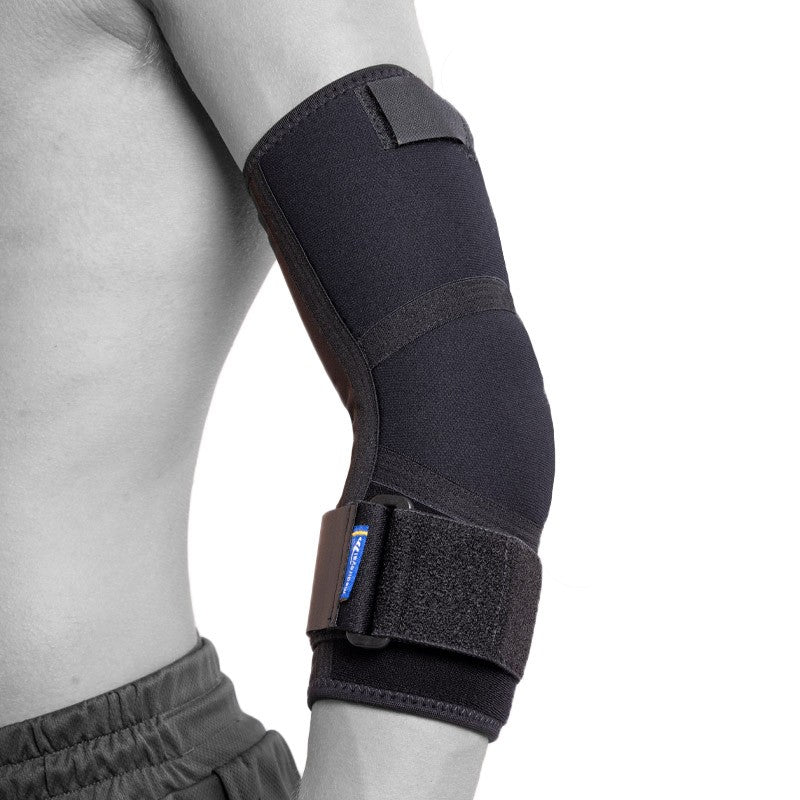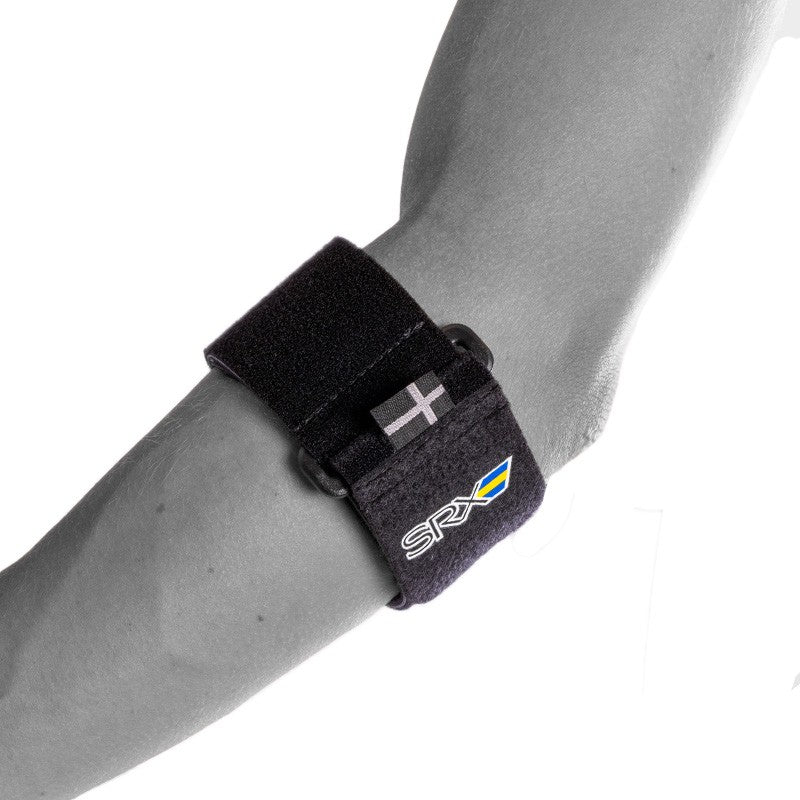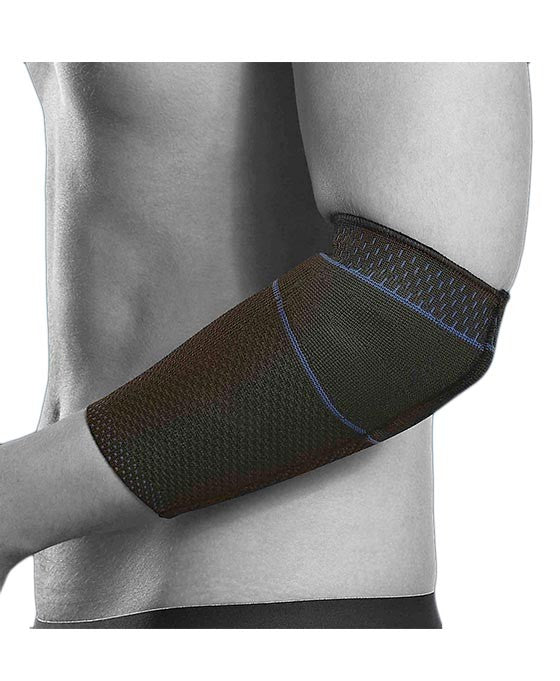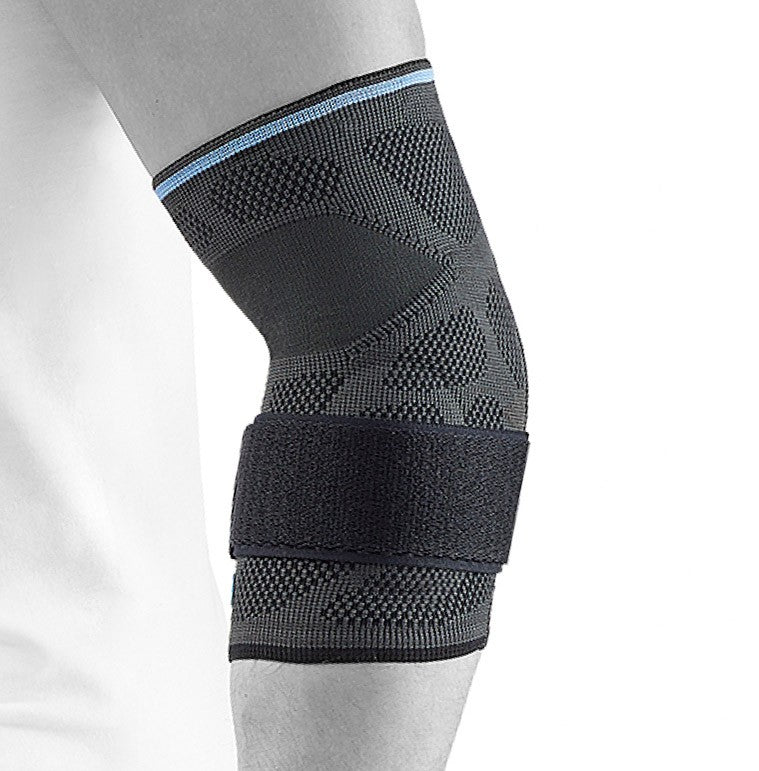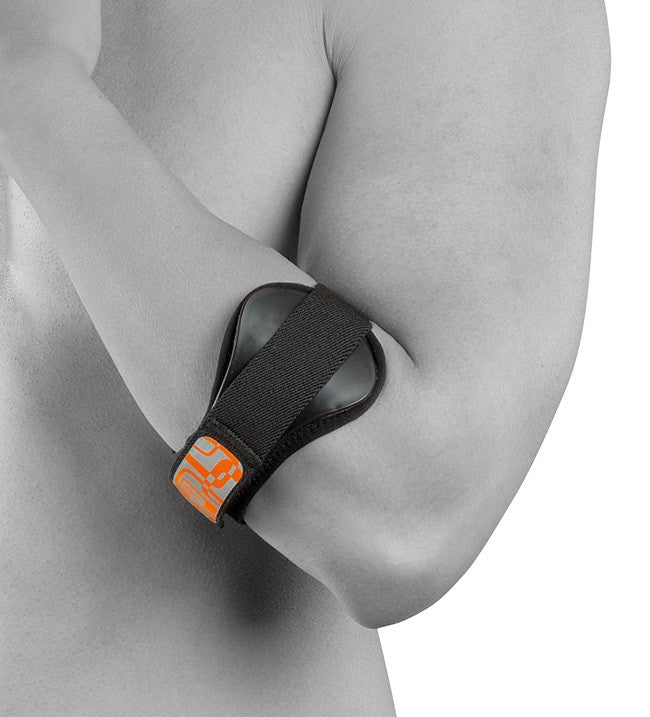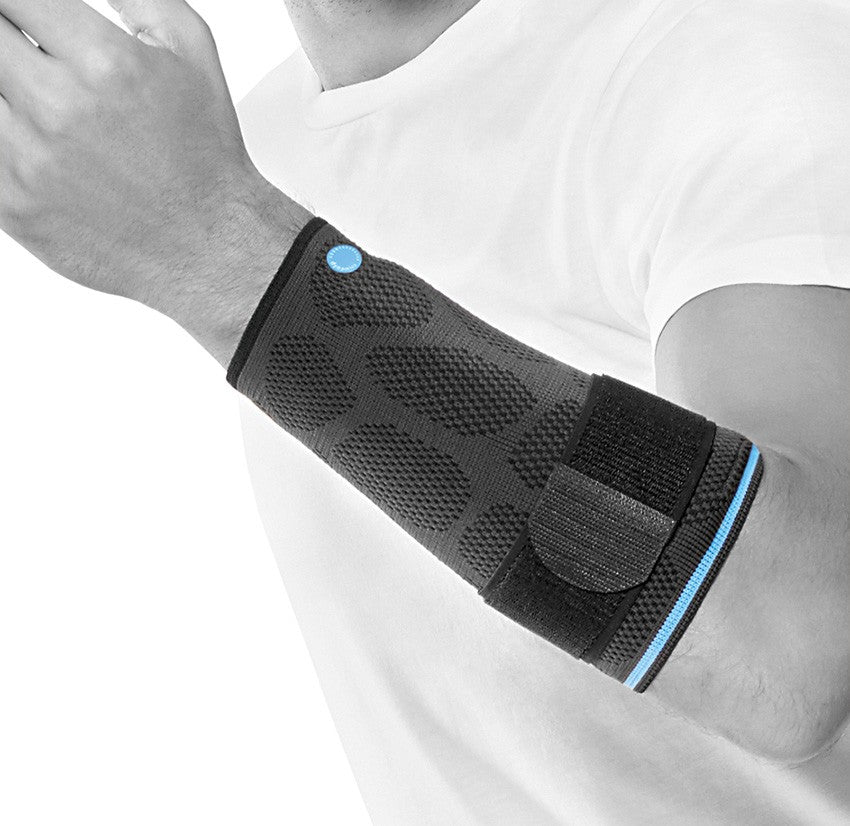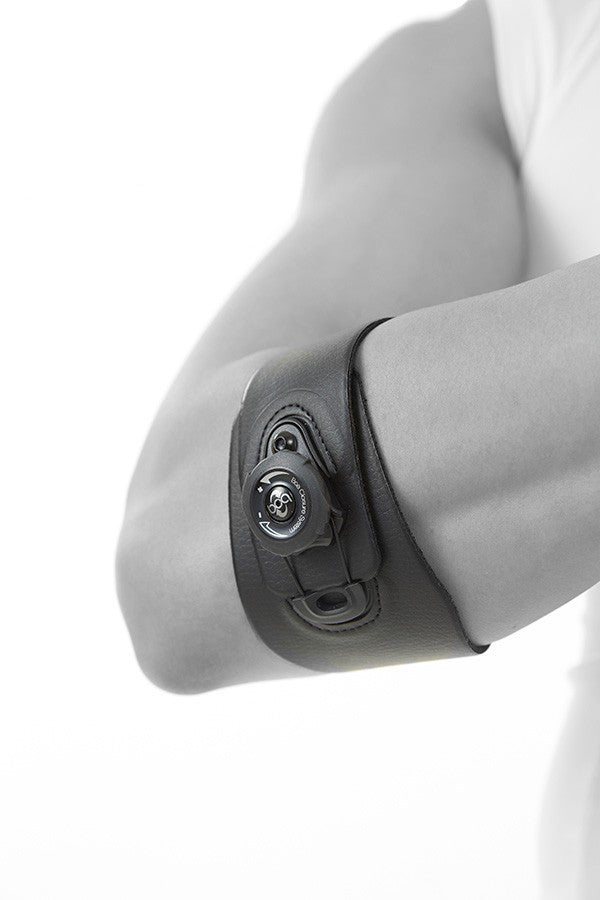Golfer's elbow, or medial epicondylitis, is a painful condition that affects the tendon attachment on the inside of the elbow. The problems often develop gradually and are caused by overuse of the flexor muscles of the hand and wrist. Despite the name, golf does not necessarily have to be the cause – many people are affected in everyday life or at work.
What is golfer's elbow?
Golfer's elbow is an inflammation of the tendon attachment on the inside of the elbow. The affected area is the medial epicondyle, where the flexor muscles for the fingers and wrist attach. The inflammation leads to pain, weakness and sometimes stiffness in the elbow. Although the problems are located in the elbow, they often arise as a result of strain patterns in the hand and wrist.
Common causes & risk factors
Golfer's elbow is primarily caused by repetitive motion and heavy strain on the flexor muscles of the forearm. Activities such as golf, racket sports, manual labor, or repetitive lifting can trigger the problem. The risk factor increases with unilateral work where the wrist is repeatedly flexed under resistance. The condition is most common between the ages of 30 and 50 and slightly more common in people over 40.
Symptom
- Diffuse pain and tenderness on the inside of the elbow
- Increased pain when bending the wrist against resistance
- Weakness or powerlessness in the hand when strained
-
Tenderness, warmth, or stiffness in the elbow
When should you seek medical attention?
Contact your healthcare provider if the pain does not improve after a few weeks of self-care, if you develop persistent weakness in your hand, or if everyday movements become severely limited.
Recommended protection & support
Relief is a central part of the treatment of golfer's elbow. A special buckle for golfer's elbow placed just below the elbow reduces the load on the tendon attachment and can be used in both everyday life and activity. Wrist supports can further enhance relief by reducing bending in the wrist. Stretching and training of the forearm often contributes to better flexibility and faster rehabilitation.

